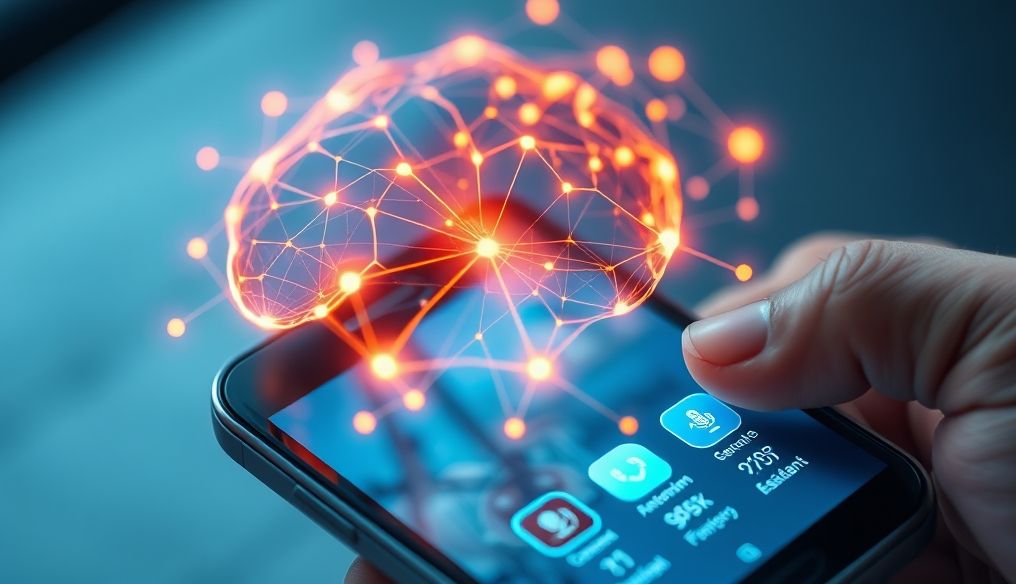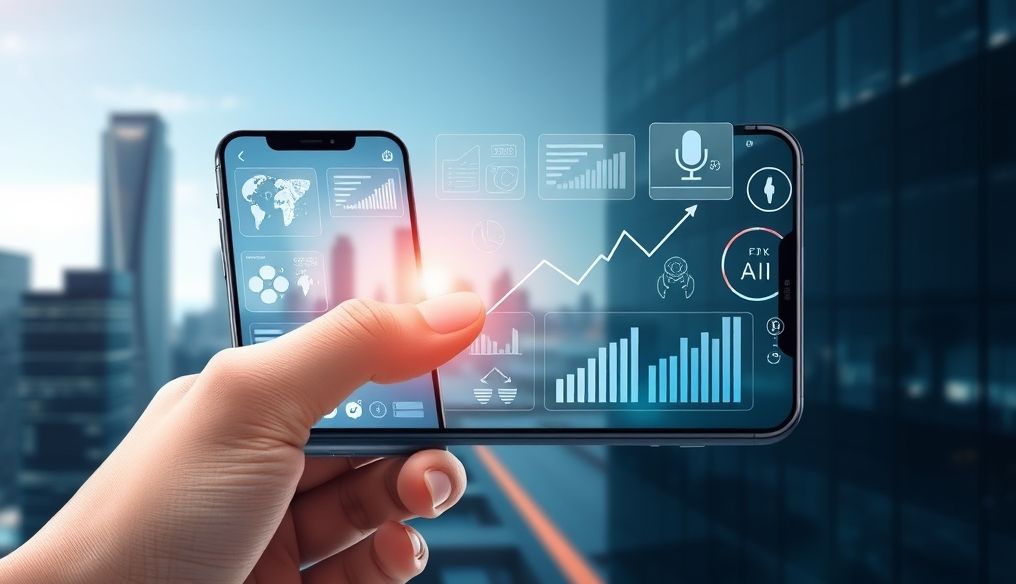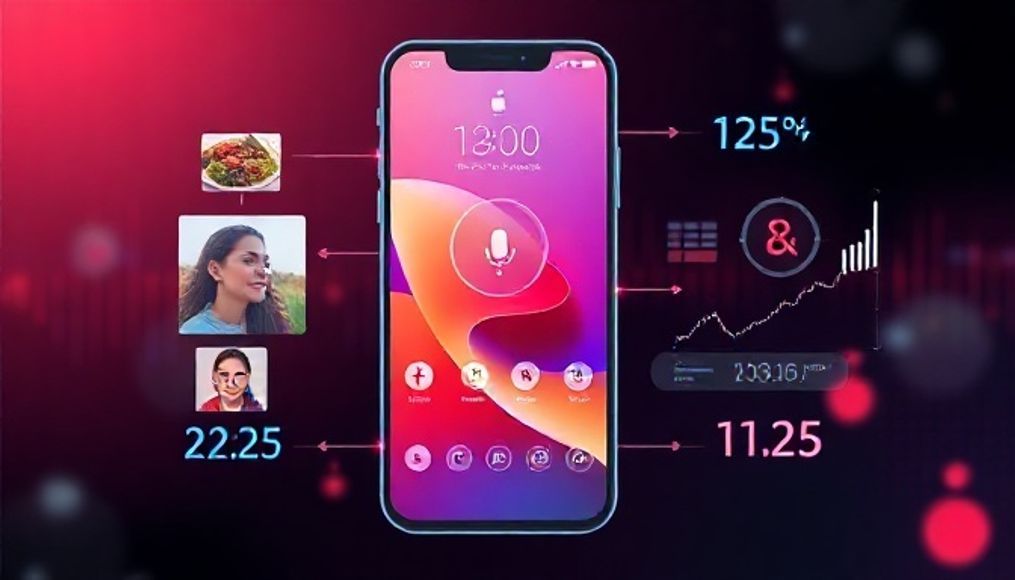Introduction: Artificial Intelligence in Your Pocket
Artificial intelligence is no longer confined to laboratories and large corporations; it has become an integral part of our daily lives, especially through our smartphones. These small, powerful devices use AI to improve the user experience in diverse and surprising ways.
1. Facial Recognition and Phone Unlocking
How it Works: This feature relies on facial recognition algorithms trained on millions of faces. The camera captures an image of your face, and AI analyzes unique facial features, comparing them to stored data to unlock the phone.
- Technology Used: Artificial Neural Networks.
- Security: Security levels vary among companies, but most use advanced technologies to prevent fraud.
2. Voice Assistants (Siri, Google Assistant, Alexa)
How it Works: Voice assistants rely on Natural Language Processing (NLP) to understand your voice commands and respond to them. Speech is converted to text, then the text is analyzed to understand the intent, and finally, the command is executed.
- Speech Recognition: Converting speech to text using deep learning models.
- Natural Language Understanding: Analyzing text to understand meaning and context.
- Response Generation: Creating appropriate responses and executing the required commands.
3. Enhancing Photo and Video Quality
How it Works: AI is used to enhance the quality of photos and videos captured by the camera. It can improve lighting, reduce noise, increase detail, and even add artistic effects.
Examples of Enhancements:
- Night Mode: Capturing clear images in low-light conditions.
- Automatic Focus: Quick and accurate focusing on targets.
- Color Adjustment: Improving colors to make images more vibrant and realistic.
4. Instant Translation
How it Works: Instant translation apps use machine learning models to translate text and speech between different languages. The text or speech in the original language is analyzed, then translated into the target language.
Technologies Used:
- Neural Machine Translation (NMT): A modern technique that uses neural networks to translate texts more accurately and naturally.
5. App, News, and Content Suggestions
How it Works: AI analyzes your behavior and interests to provide personalized suggestions for apps, news, and content that may interest you. This is based on data collected from your usage of the phone and various apps.
Examples:
- Music Apps: Suggesting new songs and artists based on your listening history.
- News Apps: Displaying news articles that match your interests.
- App Stores: Suggesting new apps based on the apps you currently use.
6. Battery Management and Performance Optimization
How it Works: AI is used to improve battery management and reduce energy consumption. It can analyze your phone usage patterns and adjust system settings to reduce unnecessary energy consumption.
Technologies Used:
- Reinforcement Learning: Training the system to make smart decisions to improve battery efficiency.
7. Fraud Detection and Data Protection
How it Works: AI is used to detect fraudulent activities and protect your personal data. It can analyze unusual behavior patterns and report any potential threats.
Examples:
- Detecting Fraudulent Messages: Identifying suspicious messages that may contain malicious links or fraudulent requests.
- Account Protection: Monitoring unusual activity on your accounts and reporting any hacking attempts.
8. Health and Fitness
How it Works: Health and fitness apps use AI to analyze your health data and provide personalized advice to improve your health and fitness. They can track your physical activity, monitor your heart rate, and provide dietary suggestions.
Examples:
- Tracking Physical Activity: Analyzing movement data to determine the number of steps and calories burned.
- Sleep Monitoring: Analyzing sleep patterns to provide tips for improving sleep quality.
- Dietary Suggestions: Providing healthy recipes that match your nutritional needs.
9. The Future of AI in Smartphones
The future of AI in smartphones looks very promising. We expect to see more innovative applications that use AI to improve our daily lives. Among the potential future trends:
- Augmented Reality (AR): Integrating AI with augmented reality to create interactive and immersive experiences.
- Autonomous Driving: Using AI to assist drivers in driving and reduce accidents.
- Remote Healthcare: Using AI to provide remote healthcare and monitor patients in their homes.
Conclusion
Artificial intelligence is revolutionizing the way we use smartphones. From facial recognition to enhancing image quality and providing smart suggestions, AI is making our lives easier and more efficient. As technology continues to evolve, we can expect to see more innovative applications of AI in our smartphones in the future.




